1. The parent chain must contain the multiple bond regardless of the fact whether it also denotes the longest continuous chain of carbon atoms or not.
2 If both double and triple bonds are present, the numbering of the parent chain should always be done from that end which is nearer to the double bond or triple bond , i.e. the lowest set of locant rule for the multiple bonds must be followed.
3. If there is a choice in numbering , the double bond is always given preference over the triple bond.
4. If the organic compound contains only one double or the triple bond, its locant or the positional number is always placed before its suffix.
5) If both double and triple bonds are present , their locants are written before their respective suffixes, the terminal e from the suffix ene is dropped while writing the complete name of the organic compound.The organic compound is named as derivative of alkyne rather than alkene.
6. In some cases all the double and triple bonds present in the molecule cannot be included in the longest chain.
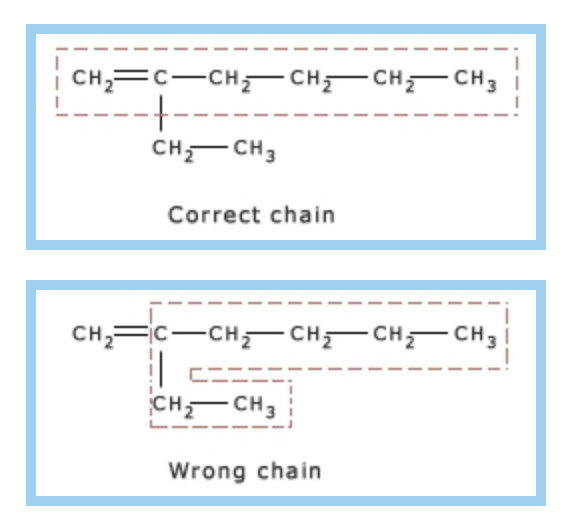
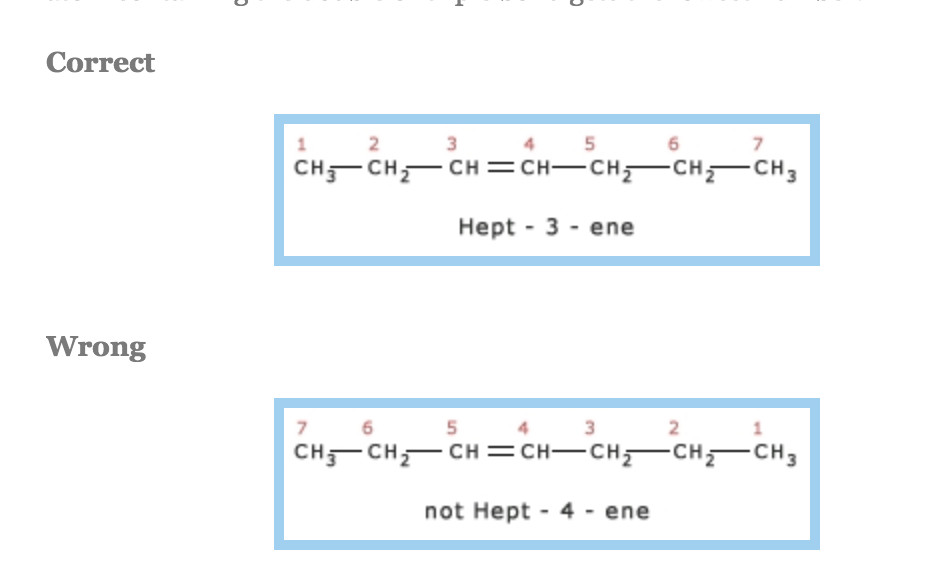
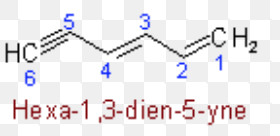

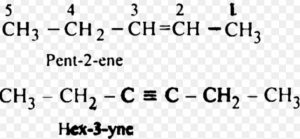
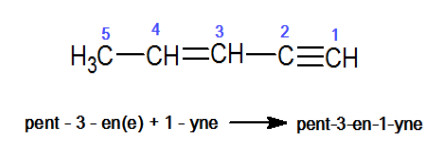
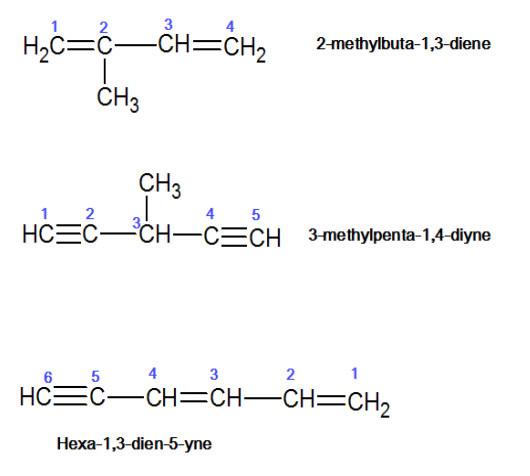

Thanks for providing such a best concept in simple language.